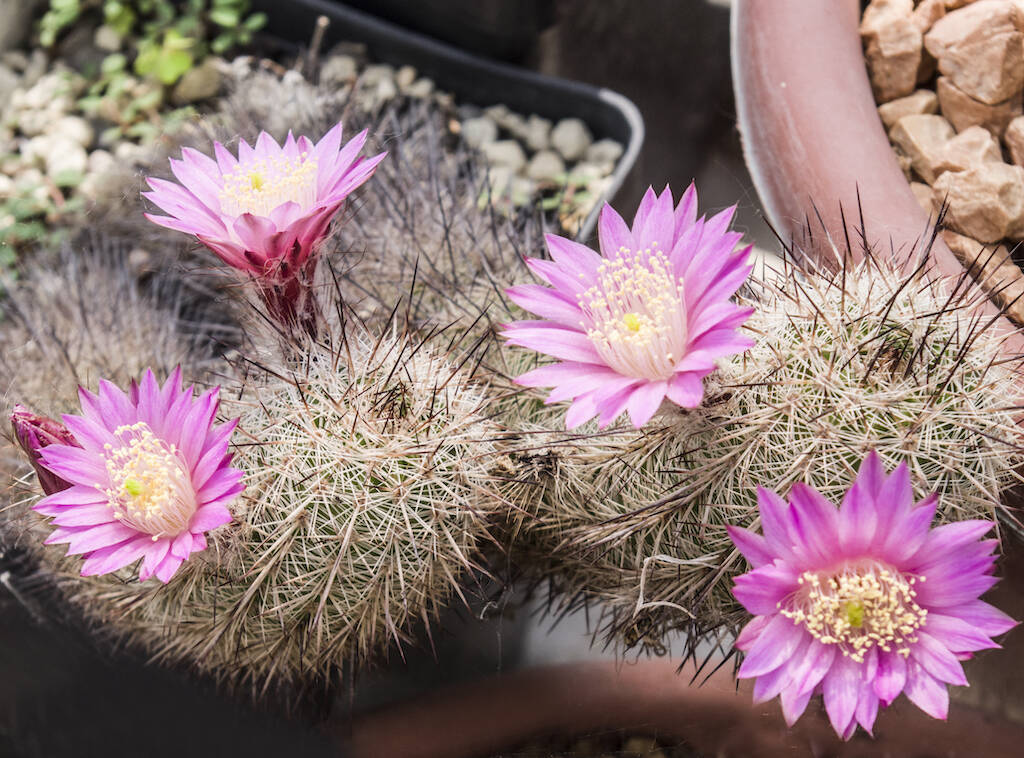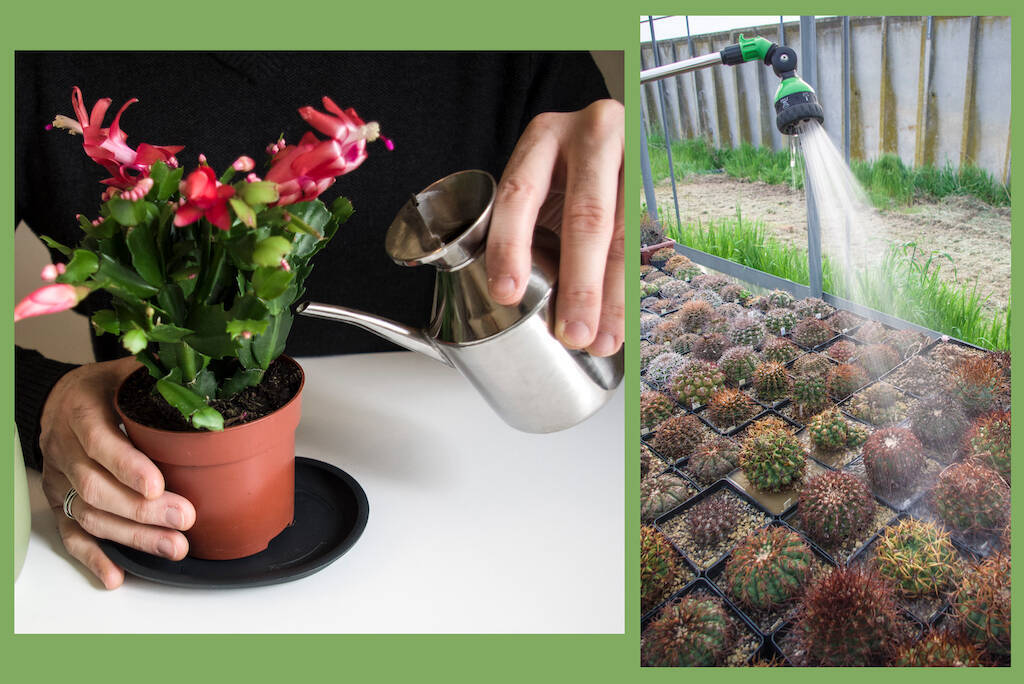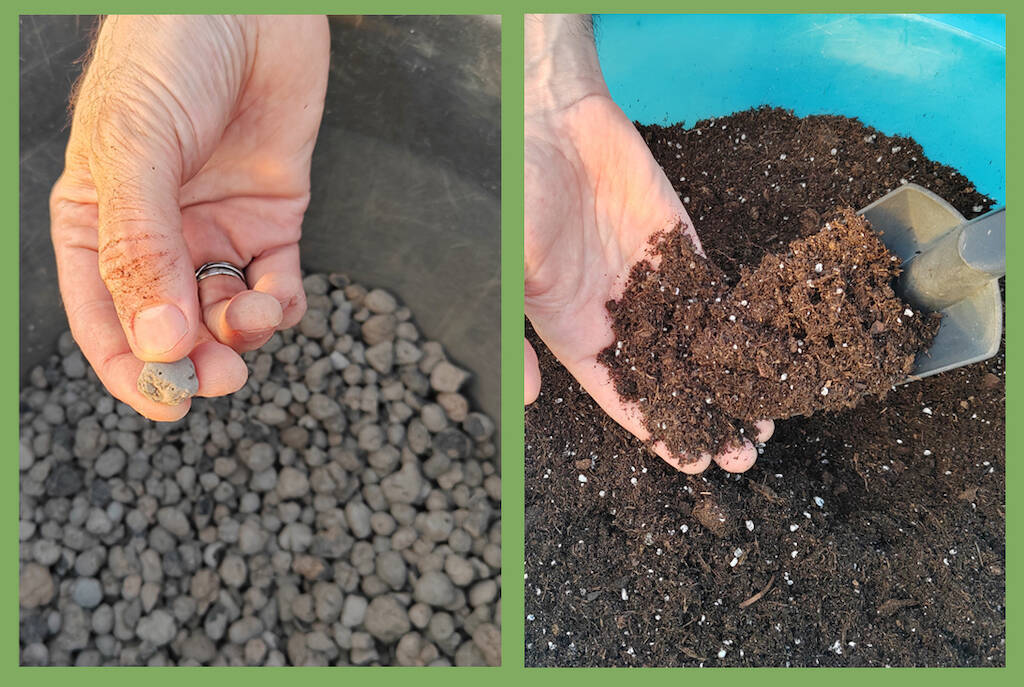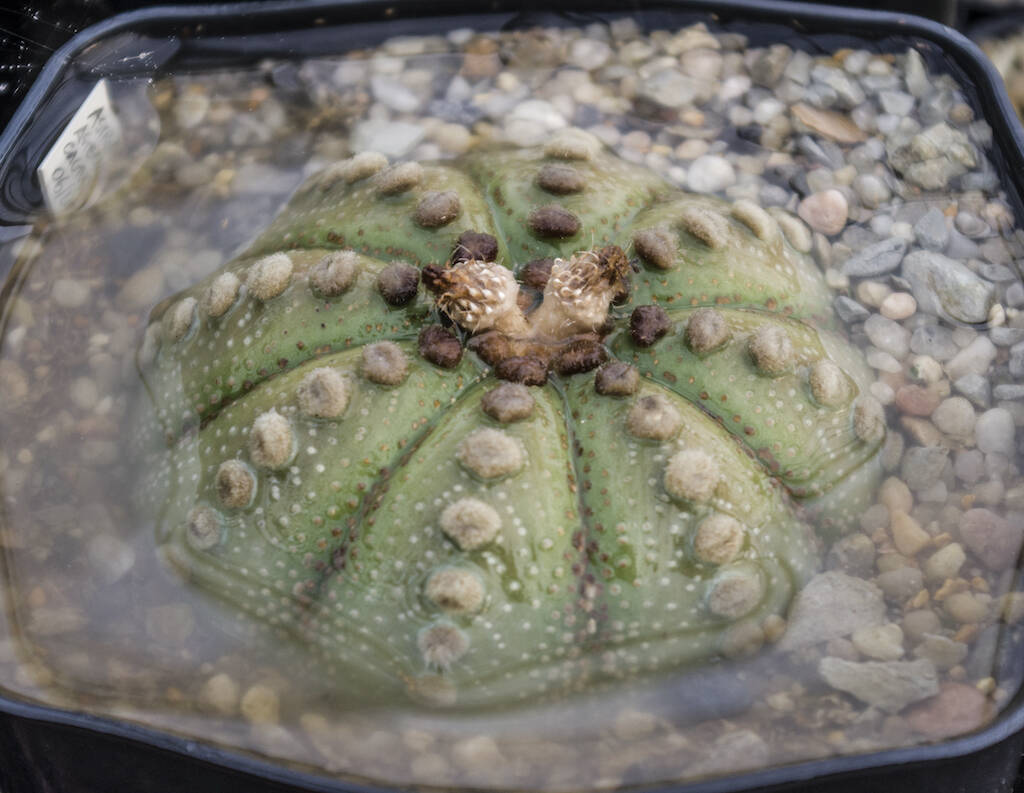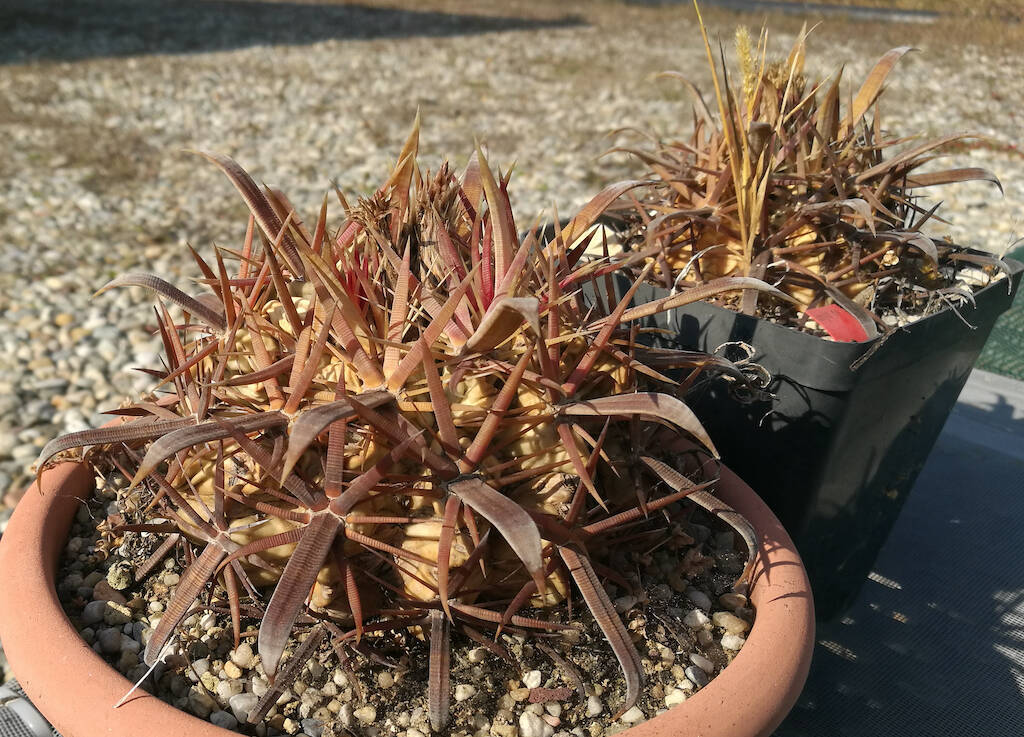Many succulents, whether cacti or other succulent families, tolerate the cold well. Not all cacti and not all succulents, of course, but many species can face the winter without problems even outdoors not only in the regions of Southern Italy, but also in many European states or in Asia and in northern America. The story of the Echinocereus laui in the photo above contains a very important lesson from this point of view. With the exception of epiphytic cacti (Schlumbergera, Epiphyllum, Rhipsalis, etc.), for species such as Melocactus and Discocactus and for succulent plants native to Madagascar or some African regions (Adenium obesum, Uncarina, Aloe, many Euphorbia and almost all Asclepiadaceae), many succulents can spend the winter months at temperatures close to zero Celsius degrees, as long as the soil remains dry at least from October to the end of March. However, there are some cacti and some succulents capable of surprising us and surviving the rigors of winter without problems, in some cases even in damp soil (therefore partly exposed to the elements).
Among these, some species of Echinocereus, as the plant you see in the photo, which I had given up for dead, and whitch instead was reborn after two winters spent entirely outdoors, exposed to the cold and humidity whitch characterizes northern Italy. In this article here is the history of this plant and a brief overview of the succulent plants that we can keep outdoors all year round. (…)


